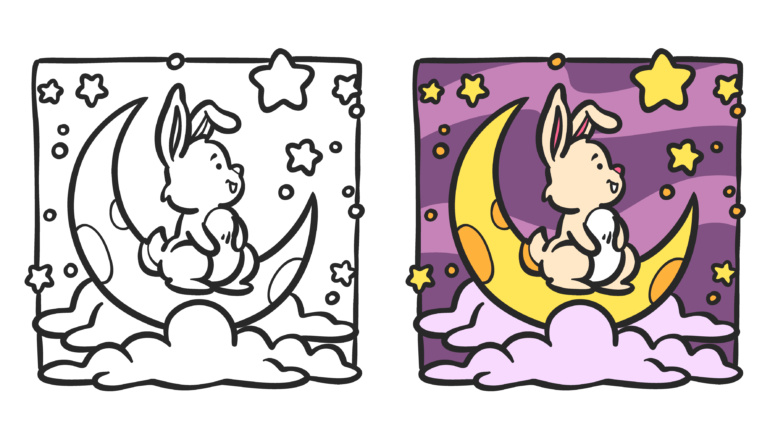Unlocking the Power of Strip Charts: A Visual Revolution for Data Analysis
In the ever-evolving world of data, how we present and interpret information is as important as the data itself. Enter the strip chart—a simple yet powerful tool that can bring your data to life, offering clear insights at a glance. If you’re looking to make your data presentations more dynamic and insightful, strip charts could be the game-changer you’ve been searching for. But what exactly is a strip chart, and how can you use it to level up your data analysis? Let’s dive in!
What is a Strip Chart?
A strip chart, at its core, is a graphical representation of data where individual data points are displayed along a single axis. Unlike traditional bar or line charts that group data into intervals, strip charts present data points as discrete marks, usually arranged vertically or horizontally, depending on the desired outcome. This makes it perfect for showing distributions, trends, and outliers in a visually digestible format. The term “strip” refers to the linear arrangement of data, typically on a “strip” or a plain axis.
Strip charts are particularly useful when you want to quickly spot patterns, identify clusters, or highlight outliers in your data. For example, if you’re analyzing survey responses, a strip chart can give you a quick visual impression of how responses are distributed, allowing for rapid insights.
Why Should You Use Strip Charts?
- Simplicity and Clarity: One of the main benefits of a strip chart is its simplicity. In the sea of complex graphs and charts available, strip charts stand out for their straightforwardness. They allow you to present data without overwhelming your audience with unnecessary details or complicated visuals. With each data point clearly visible, you can quickly grasp the overall picture without deep analysis.
- Great for Small Datasets: If you have a small set of data points, a strip chart can provide a clear view of distribution and variation. It’s especially handy when you’re dealing with non-continuous data, such as customer feedback ratings or individual scores on a test.
- Spotting Trends and Outliers: One of the most compelling reasons to use strip charts is their ability to highlight trends and outliers. Because each data point is individually marked, outliers or trends in the data become more obvious. In business or scientific data analysis, this can help you uncover hidden insights that may otherwise be overlooked.
- Flexibility: Strip charts can be customized to fit various needs. Whether you’re using them to display survey results, track sales numbers, or compare experimental data, strip charts can be adapted to showcase the exact information you need. Their flexibility makes them a go-to choice for analysts and data scientists alike.
Real-World Example: Strip Chart in Action
Let’s consider a real-world example of how a strip chart can be used effectively. Imagine you’re a business analyst looking at customer satisfaction data after a product launch. Instead of cramming all the data into a pie chart or bar graph, you opt for a strip chart. Each customer’s rating (say, on a scale from 1 to 10) is represented by a dot on the chart. At a glance, you can easily see the distribution of ratings: Are most customers satisfied? Is there a cluster of extremely low or high scores? Is there a major outlier that you need to investigate further?
This kind of insight can be difficult to glean from more complex charts, but with a strip chart, you get instant clarity.
The Advantages Over Other Types of Charts
While other types of charts (like histograms, pie charts, or bar graphs) might also represent data, strip charts bring certain advantages to the table:
- No Grouping or Binning Required: Traditional histograms group data into bins or intervals, which can sometimes lead to a loss of detail. Strip charts avoid this by showing each data point individually, preserving the nuances of your data.
- Better for Discrete Data: When you’re dealing with discrete, non-continuous data, a strip chart is often a more accurate representation than other types of charts. For example, if you’re tracking survey results or individual sales transactions, a strip chart can offer a clearer picture.
- Effective for Comparison: If you want to compare multiple sets of data side by side, you can use a strip chart to stack them horizontally or vertically. This makes it easy to compare distributions or detect differences in multiple groups at a glance.
Creating a Strip Chart: A Quick Guide
If you’re sold on the idea of strip charts, let’s take a look at how you can create one.
- Choose Your Data: The first step is to decide what data you want to display. Is it customer ratings, survey responses, or experimental results? Keep in mind that strip charts work best with smaller datasets or when you want to focus on individual data points.
- Decide on the Orientation: Strip charts can be either horizontal or vertical, depending on your preference. Vertical strip charts are typically used when you’re displaying values that increase or decrease over a fixed scale, while horizontal ones are better for comparing multiple groups.
- Plot Your Data Points: Once you’ve selected your data, you can plot each data point as a small mark on the chart. The beauty of strip charts lies in the simplicity of this step—no complex calculations or groupings are required.
- Customize Your Chart: While the basic strip chart is minimalistic, you can still customize it with colors, labels, and markers. You might want to highlight specific data points or add a trend line to show patterns.
Strip Chart Tools: Making Your Life Easier
While creating strip charts manually can be fun, you might want to streamline the process. Fortunately, there are plenty of tools out there to help you create beautiful strip charts with just a few clicks. R, a statistical computing environment, is one such tool. It offers built-in packages to create strip charts and customize them to your heart’s content. For those who prefer a more visual interface, software like Tableau or Excel can also generate strip charts quickly.
Conclusion: Why You Should Try Strip Charts
If you’re looking for a data visualization tool that provides clarity, simplicity, and flexibility, a strip chart is a must-try. Whether you’re a business analyst, scientist, or student, this simple tool can help you extract insights from your data that might otherwise go unnoticed. So why not give it a try? After all, when it comes to data, sometimes the simplest tools are the most powerful.


